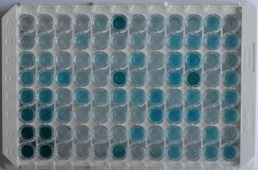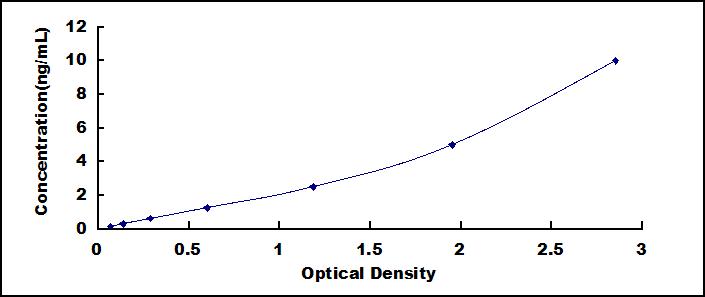Packages (Simulation)

Reagent Preparation

Image (I)
Image (II)
Certificate


ELISA Kit for Corticosteroid Binding Globulin (CBG)
SERPINA6; Transcortin; Serpin A6; Serpin Peptidase Inhibitor,Clade A,Member 6(Alpha-1 Antiproteinase; Antitrypsin)
- Product No.SEB226Hu
- Organism SpeciesHomo sapiens (Human) Same name, Different species.
- Sample Typeserum, plasma and other biological fluids
- Test MethodDouble-antibody Sandwich
- Assay Length3h
- Detection Range0.156-10ng/mL
- SensitivityThe minimum detectable dose of this kit is typically less than 0.073ng/mL.
- DownloadInstruction Manual
- UOM 48T96T 96T*5 96T*10 96T*100
- FOB
US$ 466
US$ 665
US$ 2993
US$ 5653
US$ 46550
For more details, please contact local distributors!
Specificity
This assay has high sensitivity and excellent specificity for detection of Corticosteroid Binding Globulin (CBG).
No significant cross-reactivity or interference between Corticosteroid Binding Globulin (CBG) and analogues was observed.
Recovery
Matrices listed below were spiked with certain level of recombinant Corticosteroid Binding Globulin (CBG) and the recovery rates were calculated by comparing the measured value to the expected amount of Corticosteroid Binding Globulin (CBG) in samples.
| Matrix | Recovery range (%) | Average(%) |
| serum(n=5) | 93-105 | 101 |
| EDTA plasma(n=5) | 98-105 | 101 |
| heparin plasma(n=5) | 87-94 | 91 |
Precision
Intra-assay Precision (Precision within an assay): 3 samples with low, middle and high level Corticosteroid Binding Globulin (CBG) were tested 20 times on one plate, respectively.
Inter-assay Precision (Precision between assays): 3 samples with low, middle and high level Corticosteroid Binding Globulin (CBG) were tested on 3 different plates, 8 replicates in each plate.
CV(%) = SD/meanX100
Intra-Assay: CV<10%
Inter-Assay: CV<12%
Linearity
The linearity of the kit was assayed by testing samples spiked with appropriate concentration of Corticosteroid Binding Globulin (CBG) and their serial dilutions. The results were demonstrated by the percentage of calculated concentration to the expected.
| Sample | 1:2 | 1:4 | 1:8 | 1:16 |
| serum(n=5) | 91-99% | 94-103% | 95-105% | 80-92% |
| EDTA plasma(n=5) | 95-102% | 89-101% | 96-105% | 91-98% |
| heparin plasma(n=5) | 80-91% | 80-101% | 89-103% | 86-101% |
Stability
The stability of kit is determined by the loss rate of activity. The loss rate of this kit is less than 5% within the expiration date under appropriate storage condition.
To minimize extra influence on the performance, operation procedures and lab conditions, especially room temperature, air humidity, incubator temperature should be strictly controlled. It is also strongly suggested that the whole assay is performed by the same operator from the beginning to the end.
Reagents and materials provided
| Reagents | Quantity | Reagents | Quantity |
| Pre-coated, ready to use 96-well strip plate | 1 | Plate sealer for 96 wells | 4 |
| Standard | 2 | Standard Diluent | 1×20mL |
| Detection Reagent A | 1×120µL | Assay Diluent A | 1×12mL |
| Detection Reagent B | 1×120µL | Assay Diluent B | 1×12mL |
| TMB Substrate | 1×9mL | Stop Solution | 1×6mL |
| Wash Buffer (30 × concentrate) | 1×20mL | Instruction manual | 1 |
Assay procedure summary
1. Prepare all reagents, samples and standards;
2. Add 100µL standard or sample to each well. Incubate 1 hours at 37°C;
3. Aspirate and add 100µL prepared Detection Reagent A. Incubate 1 hour at 37°C;
4. Aspirate and wash 3 times;
5. Add 100µL prepared Detection Reagent B. Incubate 30 minutes at 37°C;
6. Aspirate and wash 5 times;
7. Add 90µL Substrate Solution. Incubate 10-20 minutes at 37°C;
8. Add 50µL Stop Solution. Read at 450nm immediately.
GIVEAWAYS
INCREMENT SERVICES
-
 Single-component Reagents of Assay Kit
Single-component Reagents of Assay Kit
-
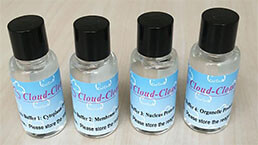 Lysis Buffer Specific for ELISA / CLIA
Lysis Buffer Specific for ELISA / CLIA
-
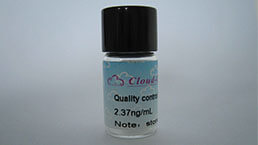 Quality Control of Kit
Quality Control of Kit
-
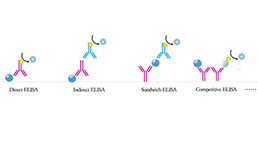 ELISA Kit Customized Service
ELISA Kit Customized Service
-
 Disease Model Customized Service
Disease Model Customized Service
-
 Serums Customized Service
Serums Customized Service
-
 TGFB1 Activation Reagent
TGFB1 Activation Reagent
-
 Real Time PCR Experimental Service
Real Time PCR Experimental Service
-
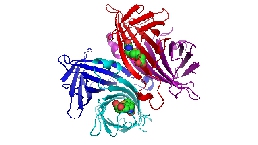 Streptavidin
Streptavidin
-
 Fast blue Protein Stain solution
Fast blue Protein Stain solution
-
 Single-component Reagents of FLIA Kit
Single-component Reagents of FLIA Kit
-
 Streptavidin-Agarose Beads
Streptavidin-Agarose Beads
| Magazine | Citations |
| General Endocrinology | The Regulation of Rasd1 Expression by Glucocorticoids and Prolactin Controls Peripartum Maternal Insulin Secretion Endjournals: Source |
| PLoS One | Modulation in Wistar Rats of Blood Corticosterone Compartmentation by Sex and a Cafeteria Diet PubMed: PMC3579843 |
| Annals of Anatomy | Differences in colocalization of corticosteroid-binding globulin and glucocorticoid receptor immunoreactivity in the rat brain ScienceDirect: S0940960212001628 |
| Physiological Reports | Adrenocortical control in the neonatal rat: ACTH‐and cAMP‐independent corticosterone production during hypoxia Pubmed: 24303136 |
| Shock. | Adrenocorticotropic Hormone But Not High-Density Lipoprotein Cholesterol or Salivary Cortisol Was a Predictor of Adrenal Insufficiency in Patients With Septic Shock. Pubmed: 24667620 |
| Neurobiology of Aging | Greater glucocorticoid receptor activation in hippocampus of aged rats sensitizes microglia Pubmed:25559333 |
| Cell Death Differ. | Novel p53 target genes secreted by the liver are involved in non-cell-autonomous reCavia (Guinea pig )lation Pubmed:26358154 |
| Journal of Exercise, Sports & Orthopedics | Impact of Season and Oral Contraceptive use on Cortisol Levelsin Physically Active Women exercise-sports-orthopedics:exercise-sports-orthop |
| Impact of Season and Oral Contraceptive use on Cortisol Levels in Physically Active Women diva2:1047030 | |
| Neuropharmacology | Impaired glucocorticoid-mediated HPA axis negative feedback induced by juvenile social isolation in male rats Pubmed:29407214 |
| Pharmacological Reports | The impact of early-life stress on corticosteroid carrier protein levels and 11β-hydroxysteroid dehydrogenase 1 expression in adolescent rats |

